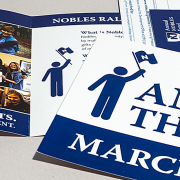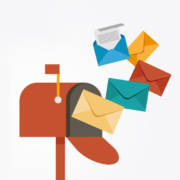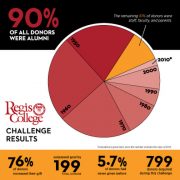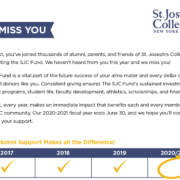5 Statistics to guide your direct marketing planning
Maybe a list of direct mail statistics is all you’re looking for. But wouldn’t it help to have the reasoning behind the statistics, too?
First, direct mail marketing is an old school marketing technique that has been around for decades and it is still one of the most effective ways to reach out to your donors.
So why are you still having to defend the use of direct mail to your director or board? Below, we’ve listed the top 5 direct mail statistics that will support your direct marketing strategy for your nonprofit.
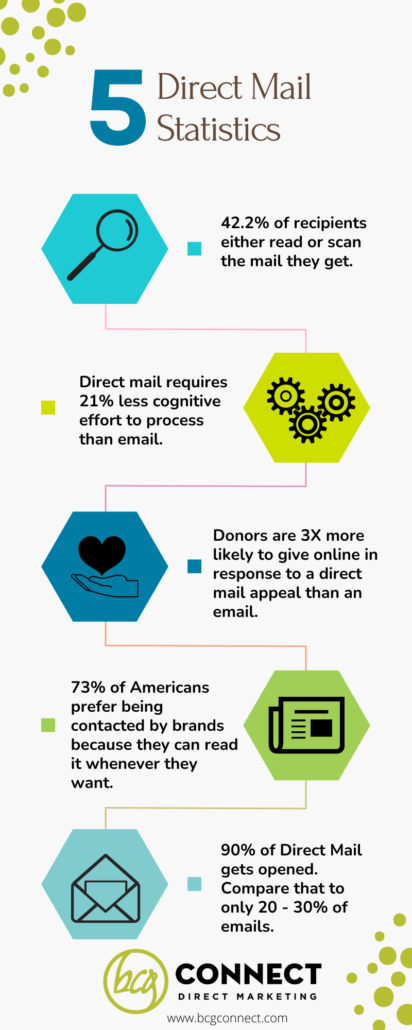 Statistics That Defend The Need For Direct Mail
Statistics That Defend The Need For Direct Mail
1. 42.2% of direct mail recipients either read or scan the mail they get.
The primary goal of direct mail is to get the recipient’s attention and convince them they are the hero of the story – impacting your organization with their gift. This type of communication is simply too powerful to ignore. How you approach the content depends on telling a compelling story through pictures and words.
2. Direct mail requires 21% less cognitive effort to process than email.
As a physical object, direct mail allows the person to interact with the mail in order to read the message. It elicits a 20% motivation to respond. Our attention is far more in tune with direct mail than an email.
3. Donors are 3X more likely to give online in response to a direct mail appeal than an email, according to MobileCause.
While email is a viable communication tactic for nonprofits, it’s the mighty direct mail piece that enables action. Research shows that when you combine direct mail with email communications, the response rate is 25% higher.
4. 73% of American consumers say they prefer being contacted by brands via direct mail because they can read it whenever they want.
The way you communicate with your donors has changed, and so has the way they want to be communicated with. This is because donors have more demands on them and are busy than ever before. A direct mail piece provides a break from the digital world that inundates them.
5. Up to 90% of direct mail gets opened, compared to only 20-30% of emails.
Direct mail is an effective marketing channel that has a higher response rate than email.
A study by the Direct Marketing Association found that the average response rate for direct mail is around 3.35%, whereas email’s average response rate is only 0.1%.
Here To Stay
There are many people in the US who enjoy checking the mailbox. In fact, four in ten Americans of all 20 and over enjoy this activity. Not only do we look forward to receiving a piece of mail, but we hold on to it for a long time. In an average household, we usually discard mail after 17 days.
Therefore, direct mail marketing is alive and well! With so many digital channels competing for attention, direct mail is a smart way to get your message across. We live in a digital world, but that doesn’t mean there is any less demand for physical products. As the amount of spam mail and junk posts has increased, we have encountered a huge rise in paper mail!
A Greater Sense of Urgency
Donors prefer reading direct mail because it’s more personal and supports the relationship between you and the donor.
Ok, here are some more statistics that support direct mail.
Based on USPS research, 55% of people said they “look forward” to opening their mailbox, and 56% stated that they find receiving and reading mail enjoyable.
People who see print marketing are more likely to trust it than other channels. This is because of print’s high credibility rate: 56% of customers find it to be the most trustworthy type of communication. Trust is important to consider when you ask donors to contribute to your organization or institution.
Direct mail is more cost-effective than other methods, because it enables you to personalize your appeal. Direct mail also drives higher response rates and is a lot more fun!
Could a more creative approach to personalized direct mail improve your organization’s fundraising programs? Click here to start the conversation about how we might be able to help.


